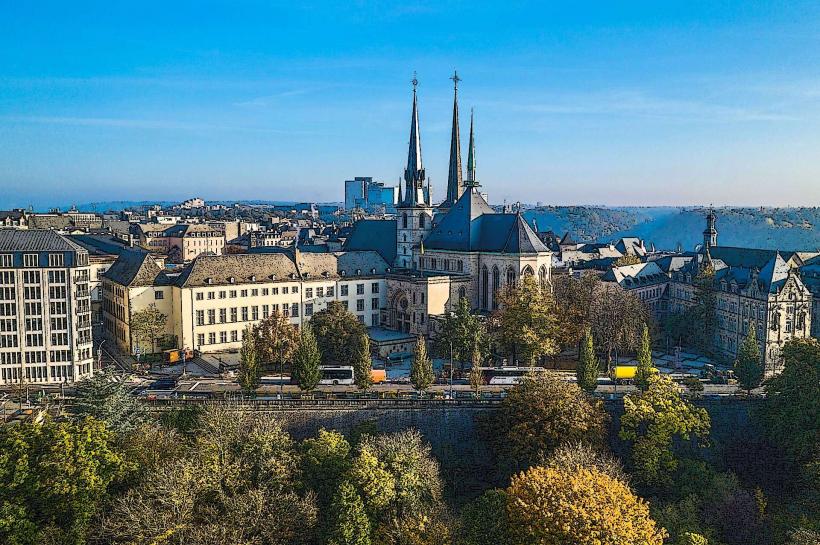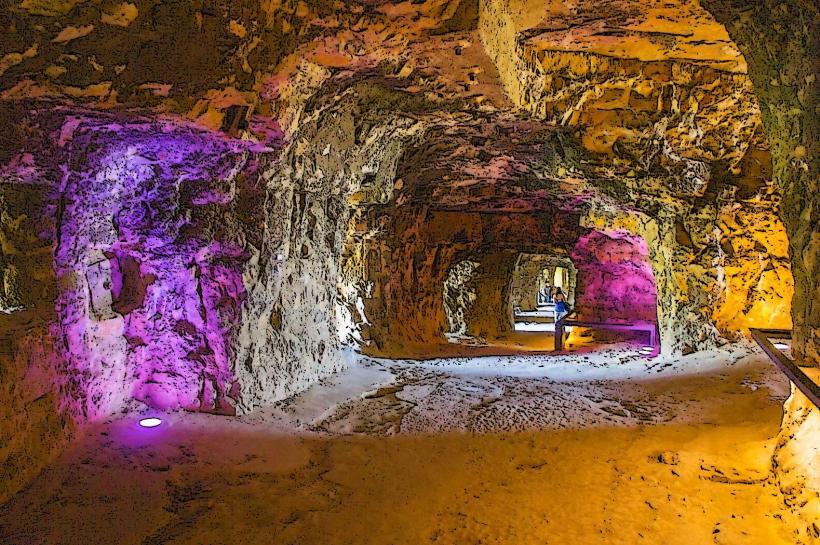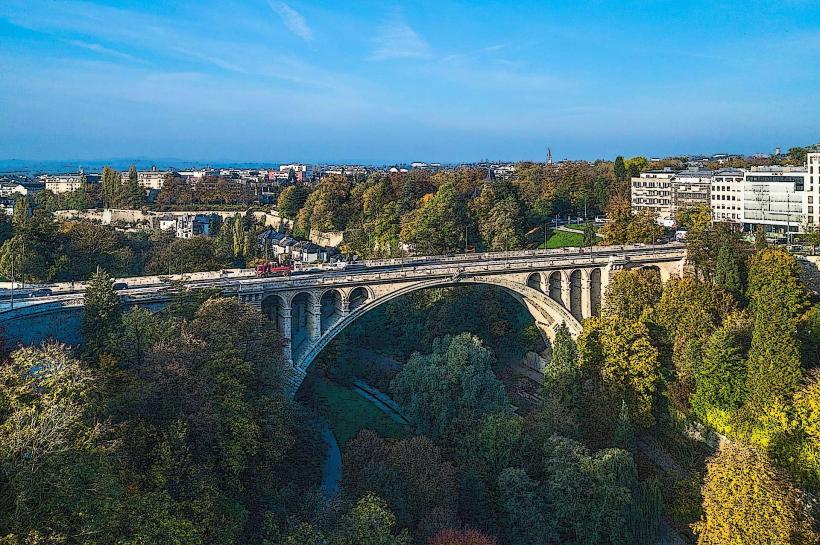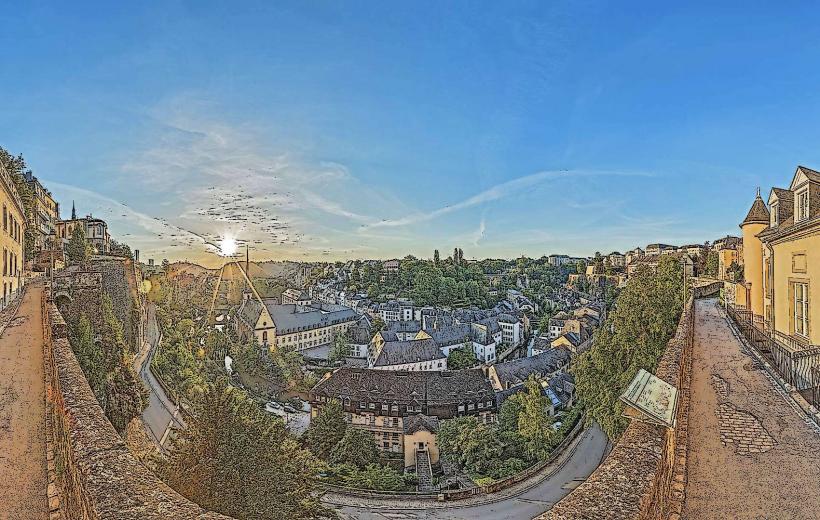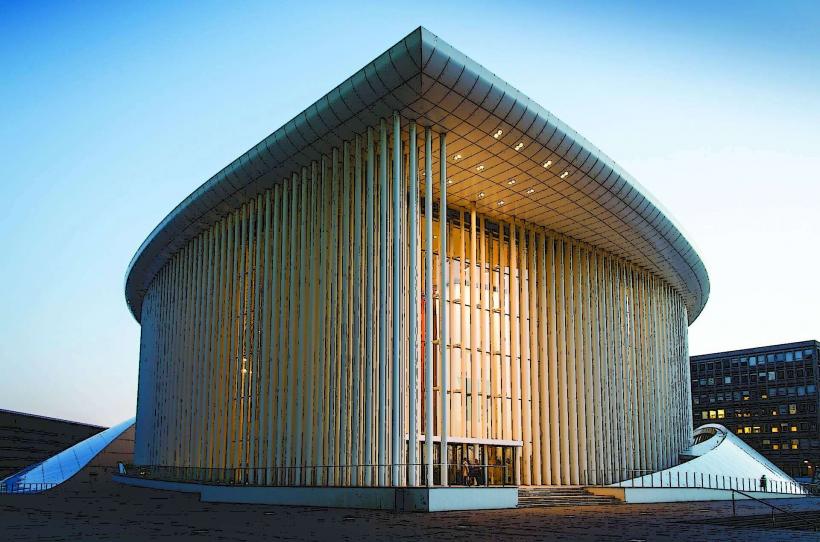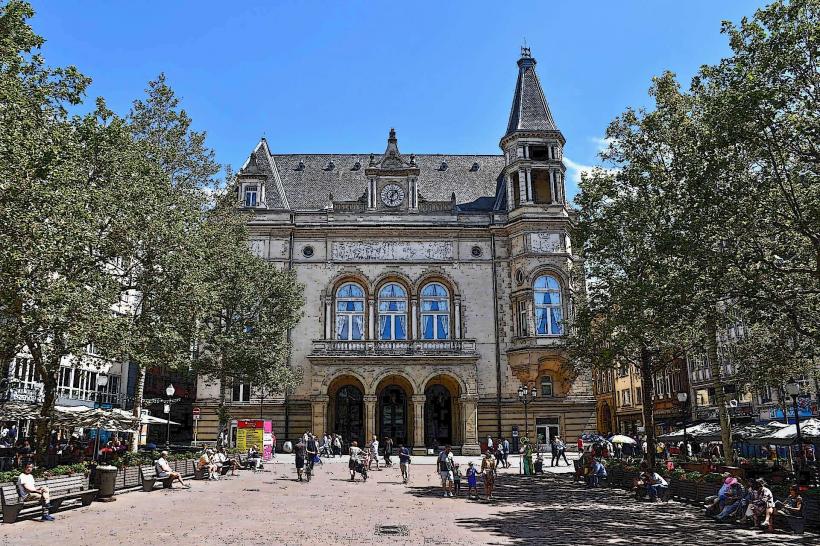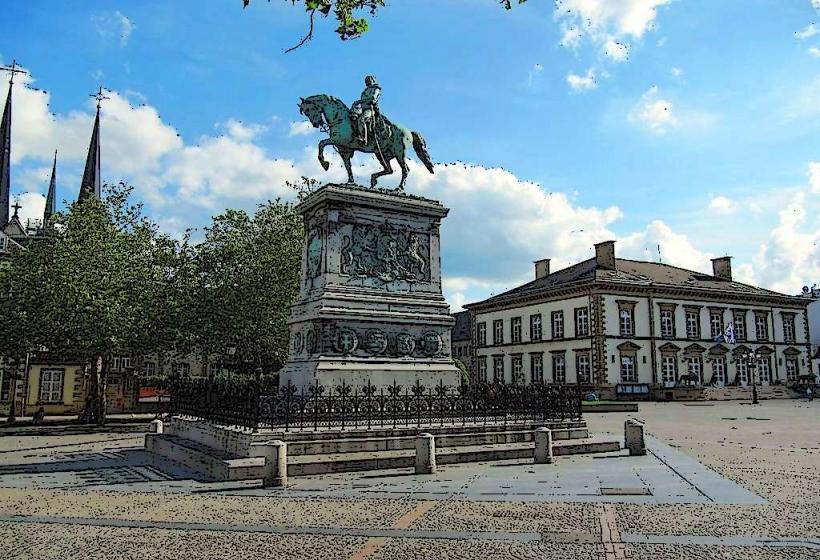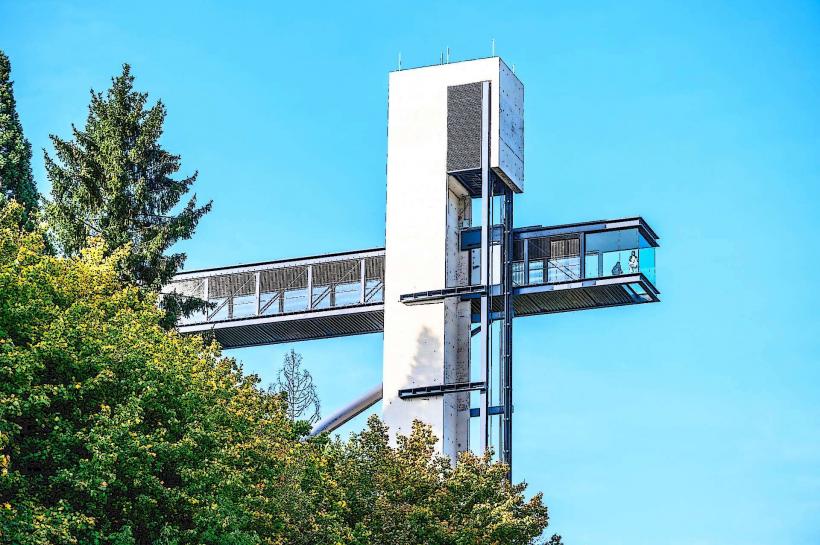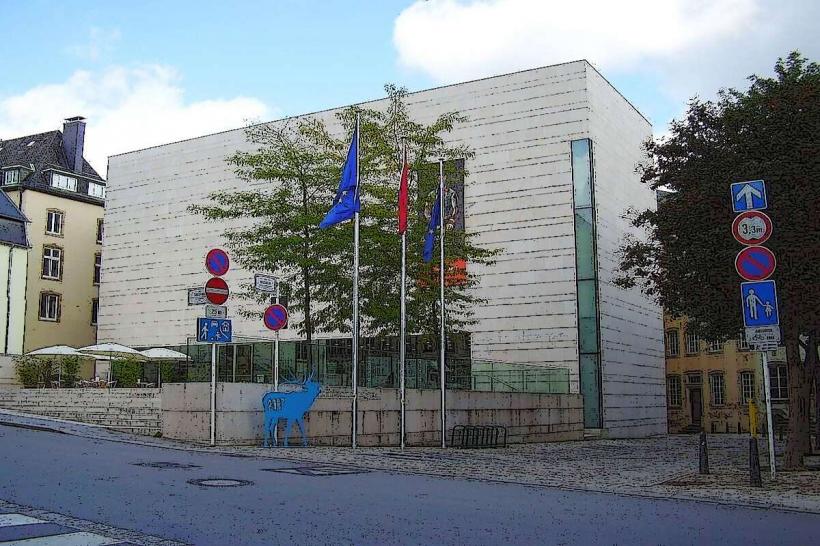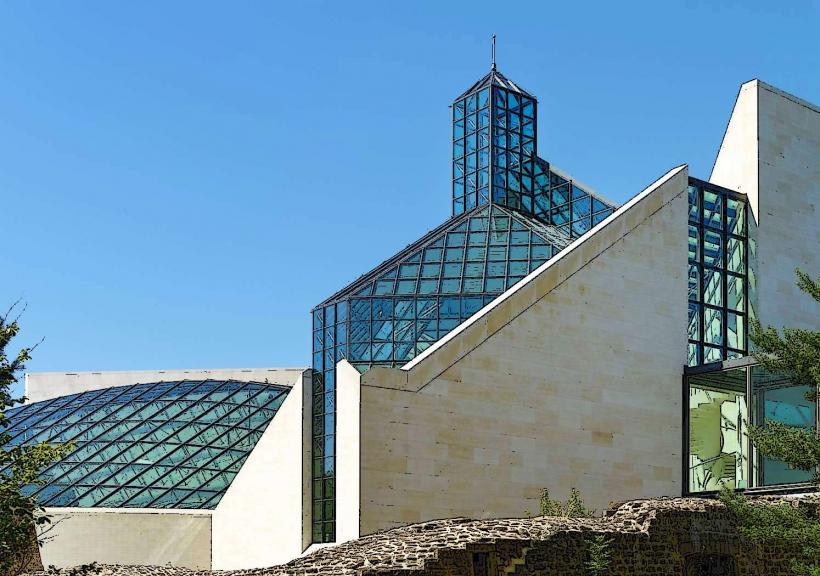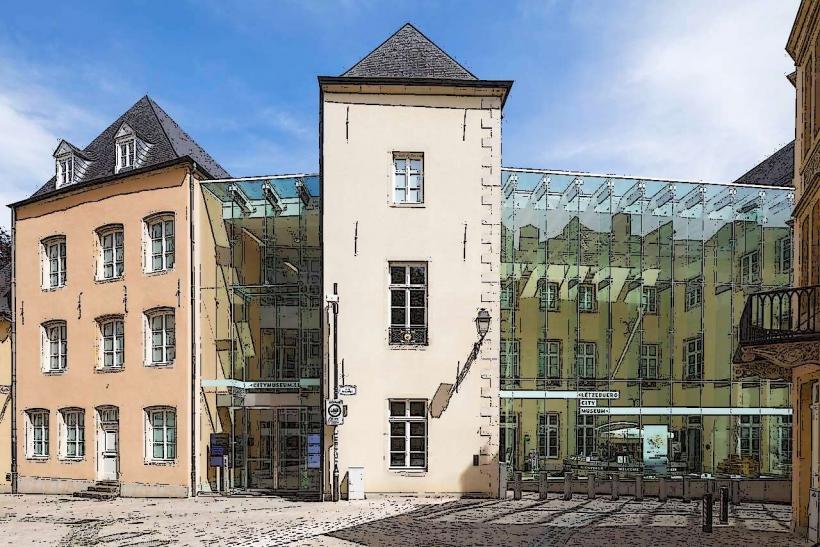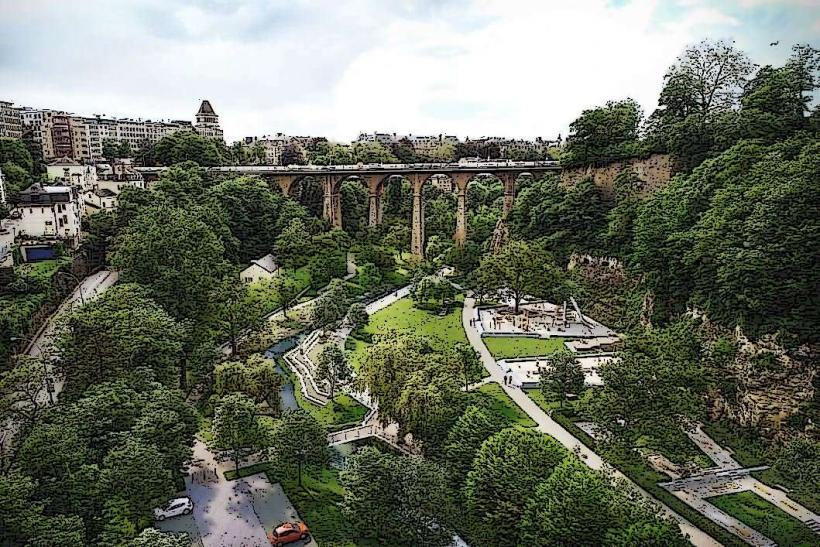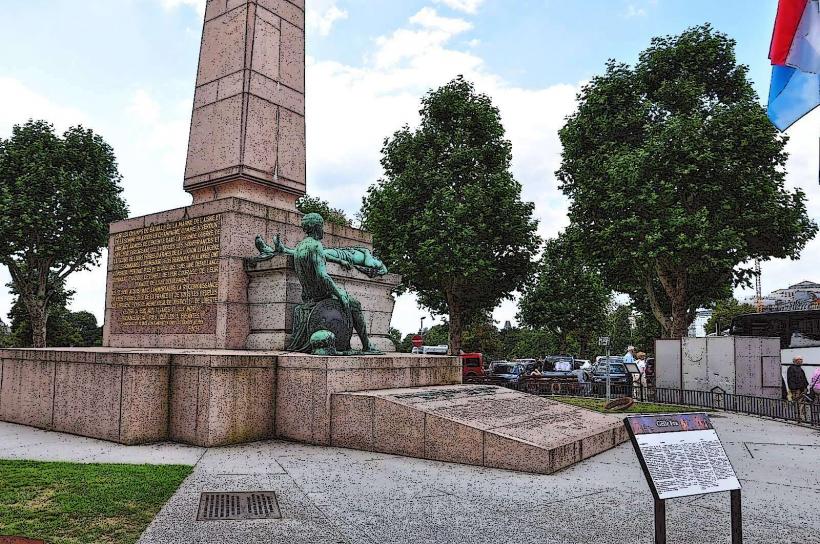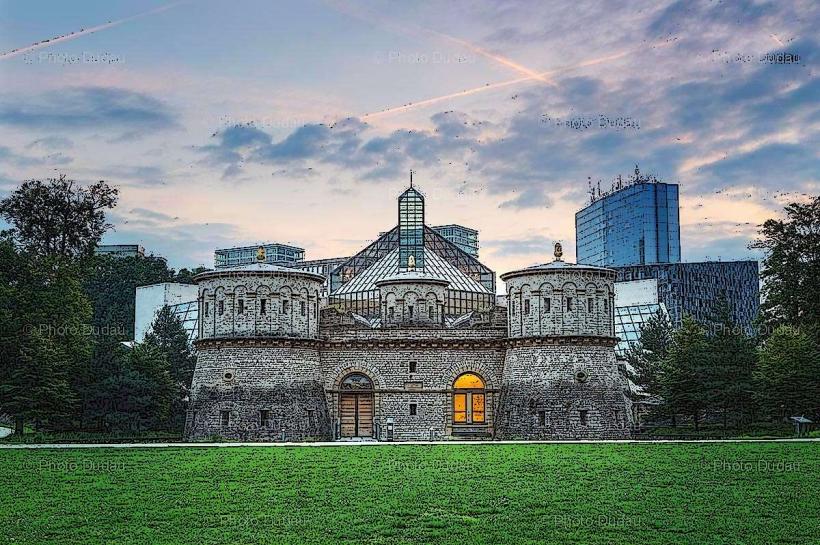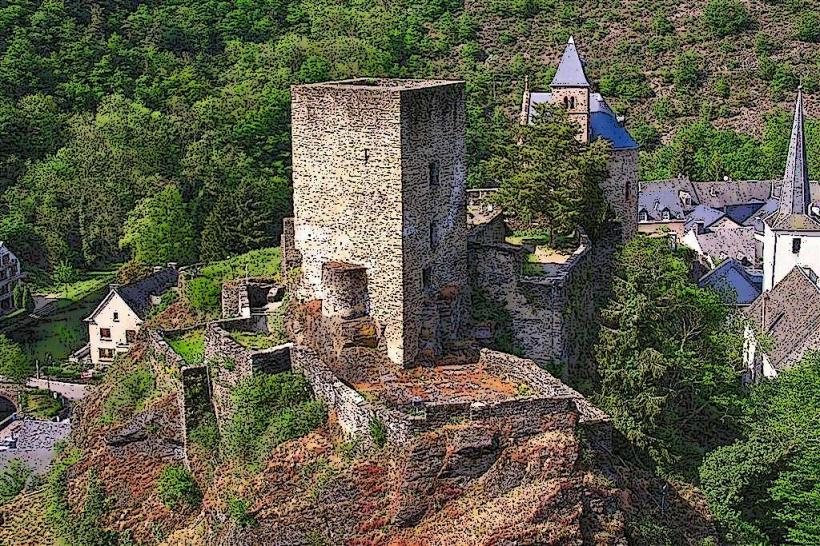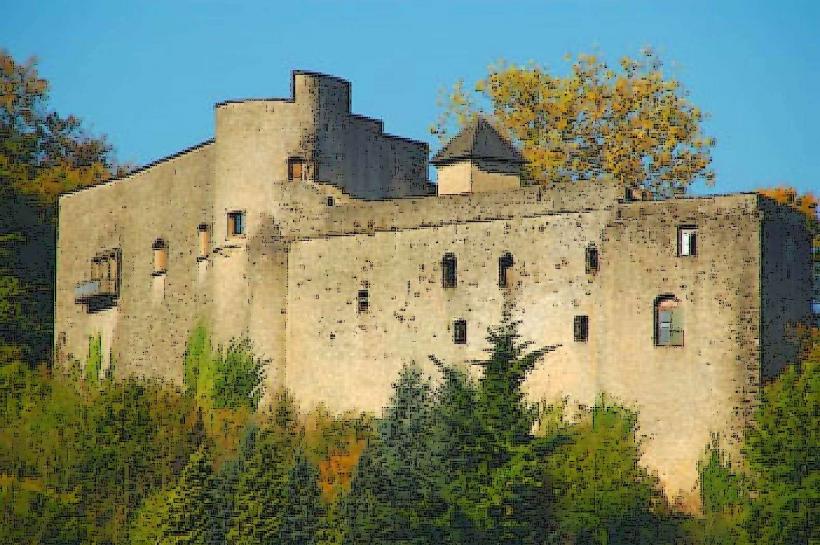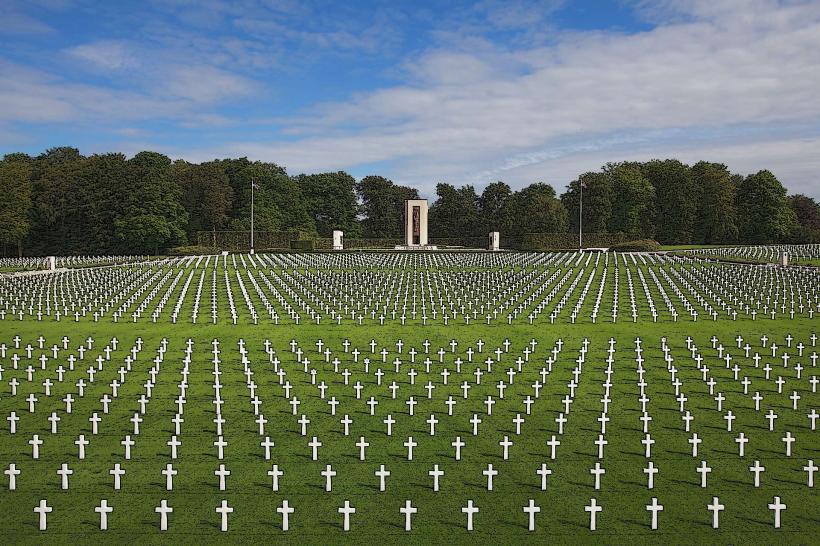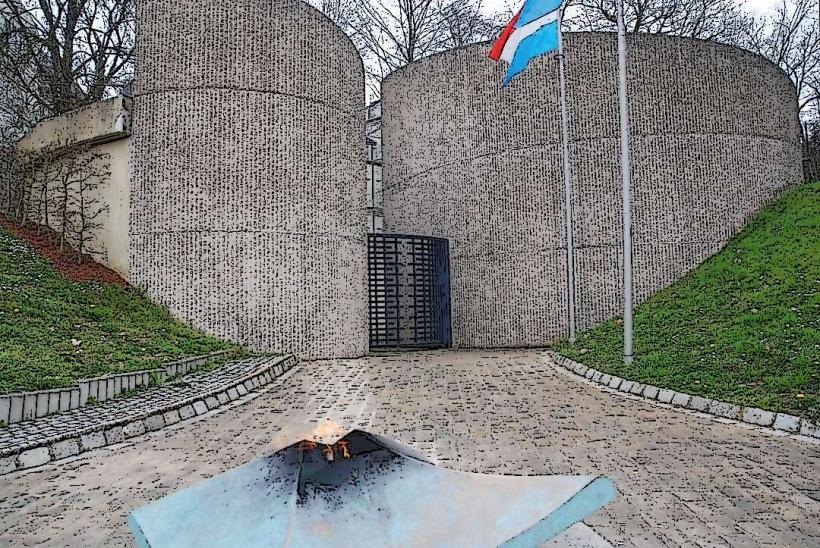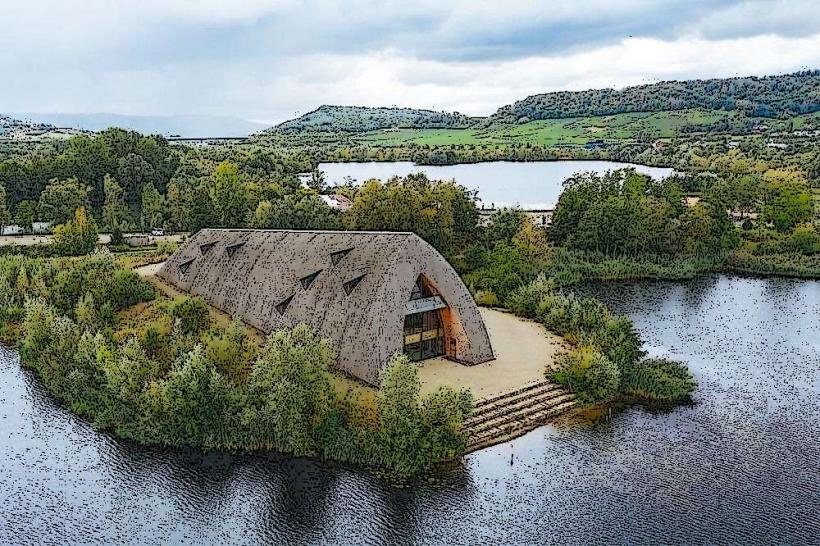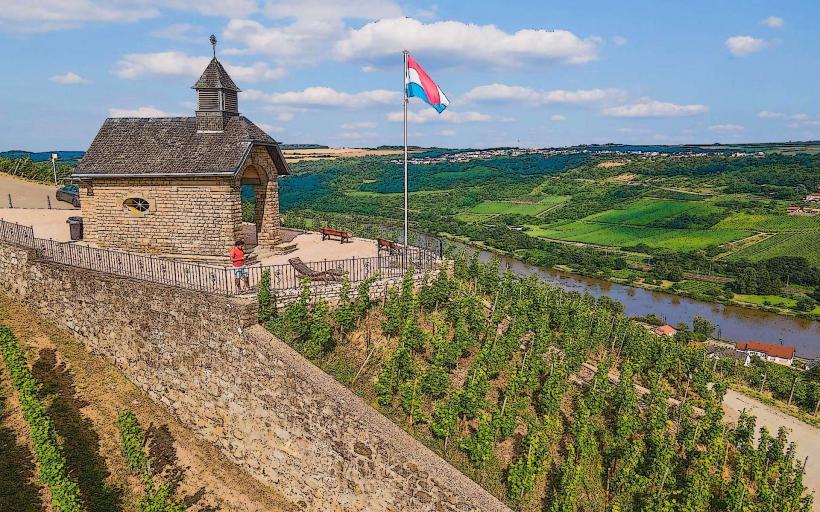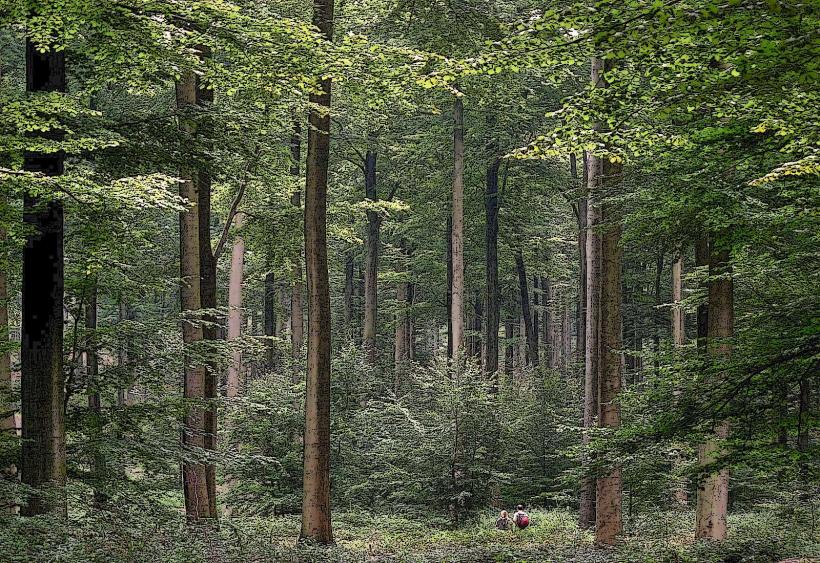Information
Landmark: Grand Ducal PalaceCity: Luxembourg City
Country: Luxembourg
Continent: Europe
Grand Ducal Palace: A Detailed Overview
The Grand Ducal Palace (Palais Grand-Ducal) is one of Luxembourg's most significant landmarks, not only for its architectural grandeur but also for its historical and political importance. It serves as the official residence of the Grand Duke of Luxembourg and is situated in the heart of Luxembourg City. Here's a detailed look at the palace, its history, and its role in Luxembourg’s culture and governance.
Location and Setting
- City Center: The Grand Ducal Palace is located in the Old Town (Ville Haute) of Luxembourg City, right on the main square known as Place Guillaume II. This central location allows the palace to be surrounded by other historic buildings, cobblestone streets, and notable landmarks.
- Surrounding Area: The palace stands at the edge of the Place d'Armes, a lively square that often hosts events, concerts, and outdoor cafes, enhancing the grand setting of the palace.
History and Significance
- Early History: The current palace has its origins in the 16th century, originally constructed as a town hall for the city of Luxembourg. In the 18th century, the building was expanded and altered for use by the Dutch royal family when Luxembourg was a part of the United Kingdom of the Netherlands.
- Becoming the Grand Ducal Residence: When Luxembourg became a Grand Duchy in 1815 under the Dutch monarchy, the building became the residence of the sovereigns. In 1890, when the House of Nassau-Weilburg took over the Luxembourg throne, the palace was officially adapted into the residence of the reigning Grand Duke.
- Architectural Evolution: Over the centuries, the palace has undergone several expansions and renovations. The palace blends Renaissance, Gothic, and Classical elements, with its ornate façade and decorative details standing out as key features of Luxembourg’s architectural heritage.
Architecture and Design
- Facade: The exterior of the Grand Ducal Palace is marked by its elegant Renaissance Revival style, with large windows and an ornate façade adorned with intricate carvings and stonework. The building also features a clock tower, which is one of its most recognizable features.
- Interior: While parts of the interior are closed to the public, it is known that the palace contains several lavishly decorated rooms, with luxurious furnishings, grand chandeliers, and ceremonial halls. The Salon du Trône (Throne Room) is one of the most notable areas, used for official ceremonies.
- Courtyard and Gardens: The palace has a lovely courtyard, and behind the building is a small garden where the Grand Duke’s family can enjoy some privacy. The area around the palace is also home to a changing of the guard ceremony during certain months, adding a regal touch to the location.
Role in Governance
- Official Residence: The Grand Ducal Palace serves as the primary residence of the Grand Duke and his family. While the palace is used for ceremonial purposes, it also hosts important state functions and diplomatic meetings.
- Symbol of Sovereignty: As the home of Luxembourg’s sovereign family, the palace represents the country’s political autonomy and the constitutional monarchy that governs the Grand Duchy.
- Public Access: The palace is not open to the public year-round, but it does offer guided tours during the summer months, allowing visitors to explore its rich history and royal heritage.
Cultural Importance
- State Ceremonies: The Grand Ducal Palace is the center for key events such as the National Day celebrations on June 23rd, where the Grand Duke addresses the people of Luxembourg. It also hosts numerous diplomatic and state functions, as well as visiting heads of state.
- Cultural and Artistic Patronage: The Grand Ducal family is a known patron of the arts, and the palace sometimes serves as a venue for cultural exhibitions or performances.
- Public Perception: The palace symbolizes Luxembourg’s long-standing traditions, as well as the country's commitment to democracy and constitutional monarchy. It is a key part of national pride and a central feature of Luxembourg's cultural and political life.
Tourism and Visitor Information
- Guided Tours: During the summer, guided tours are available for visitors to explore the Grand Ducal Palace. The tours focus on the palace's history, architecture, and the role of the Grand Duchy in European history.
- Changing of the Guard: The palace features a ceremonial changing of the guard that takes place in front of the building, which is a popular event for tourists. The guards are dressed in formal uniforms, contributing to the palace's royal atmosphere.
- Nearby Attractions: Visitors to the Grand Ducal Palace can also explore the nearby Place Guillaume II, which features the Equestrian Statue of William II and is surrounded by charming streets filled with cafes and boutiques. The Luxembourg City History Museum is also within walking distance, offering further insight into the city's heritage.
Atmosphere and Essence
The Grand Ducal Palace is an iconic symbol of Luxembourg’s monarchy, combining historical charm with modern significance. The blend of its architectural grandeur and its role in Luxembourg’s political and cultural life makes it a must-see destination for those visiting Luxembourg City. Whether you're exploring the palace's interior during a guided tour or admiring its majestic façade from the square, the Grand Ducal Palace offers a unique glimpse into the nation's past and present.

